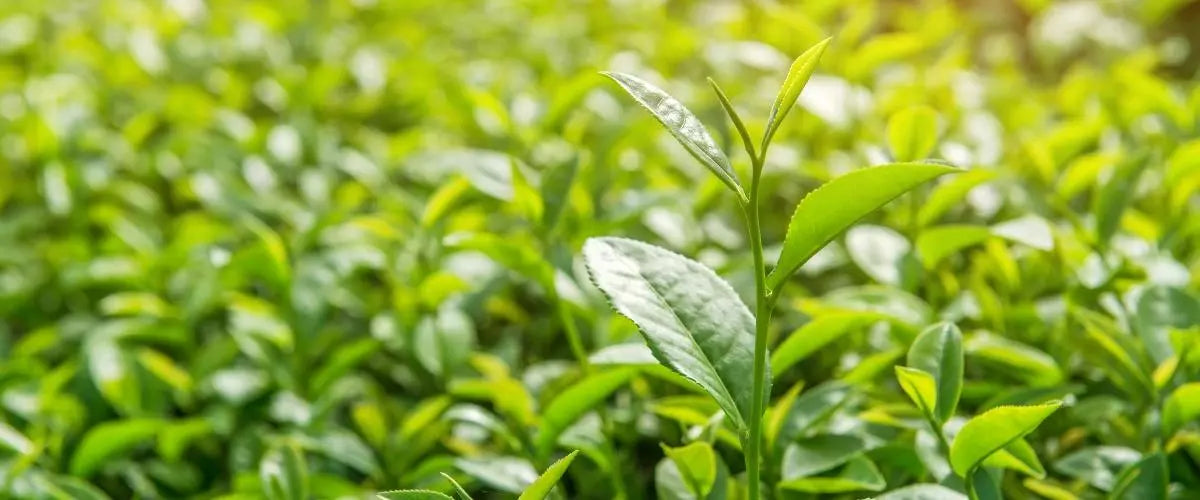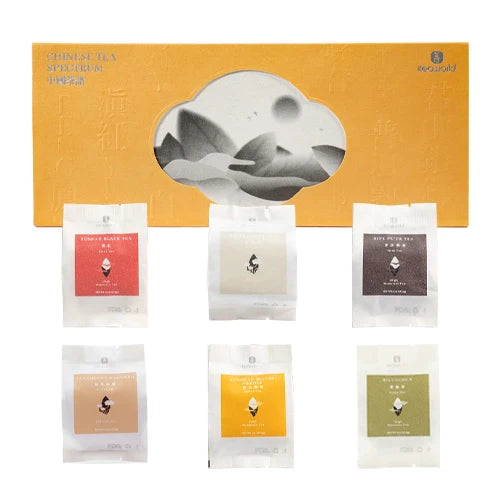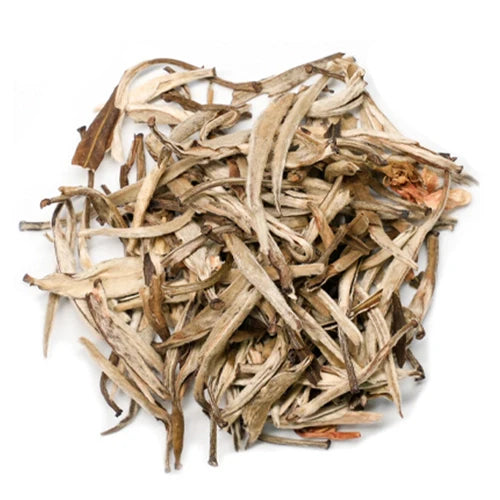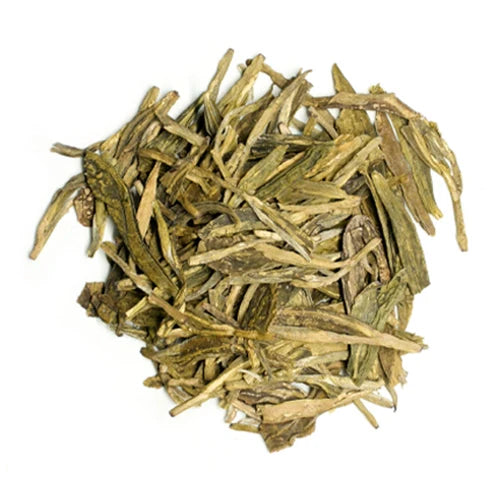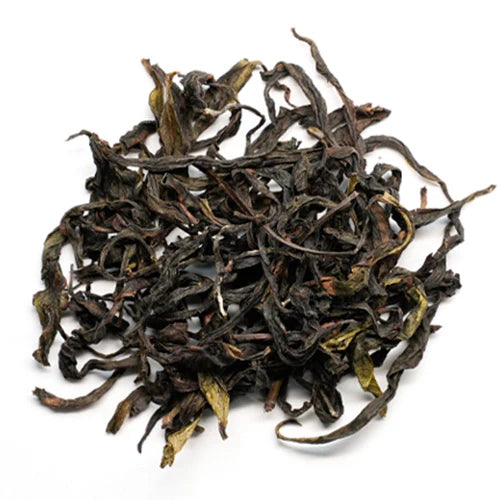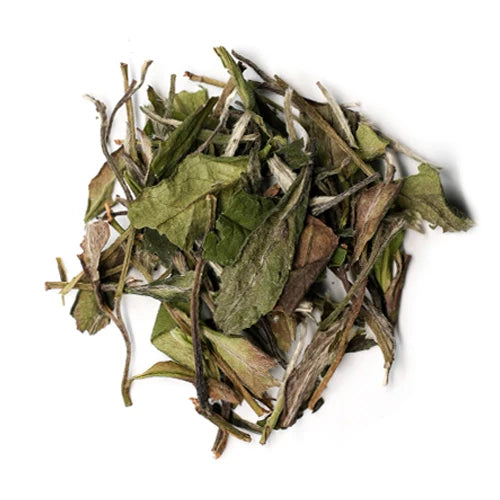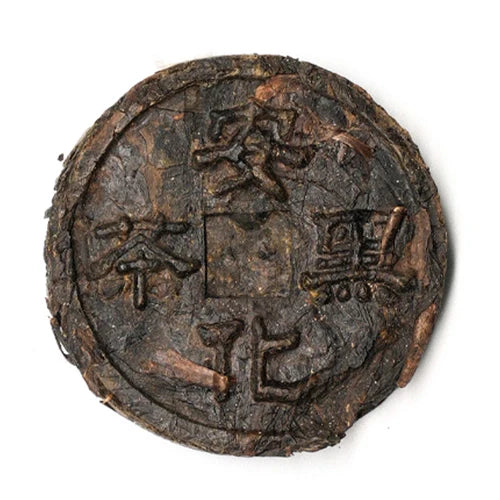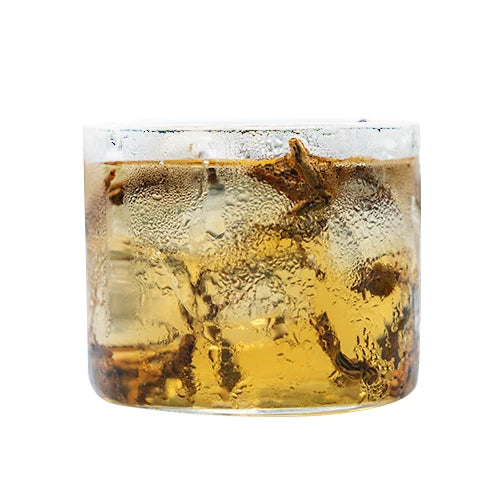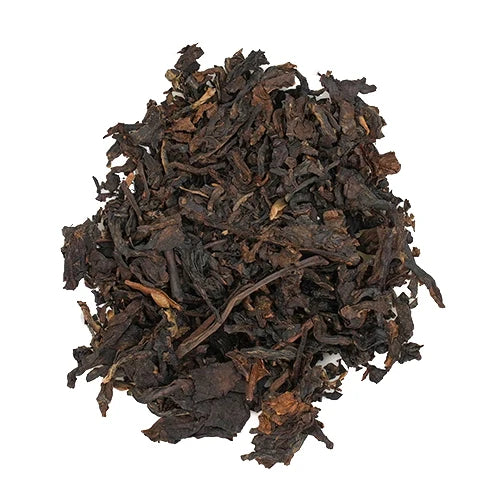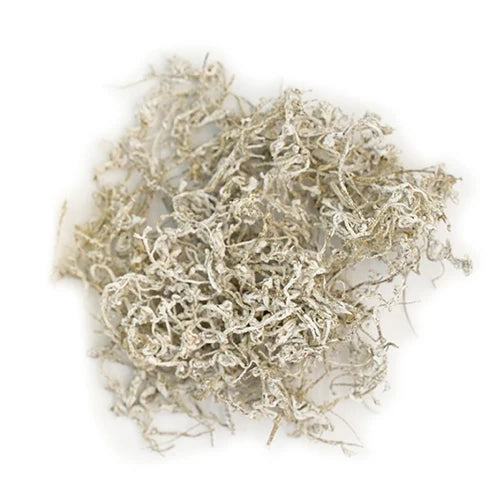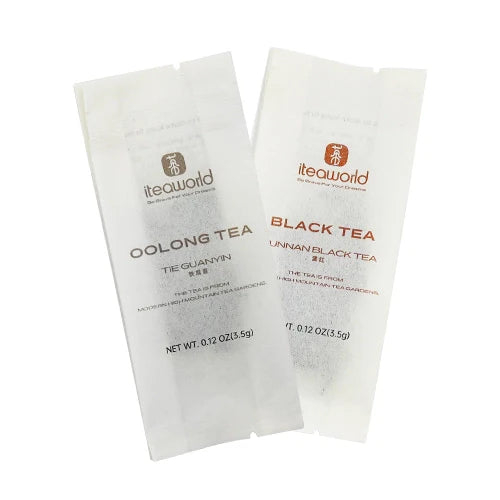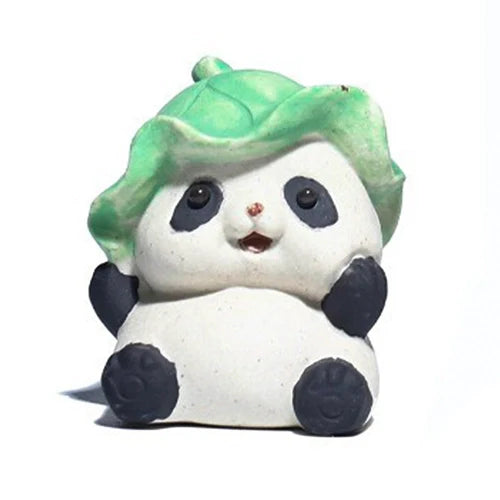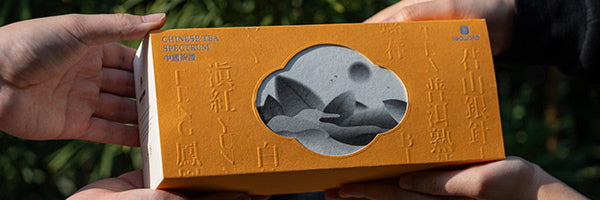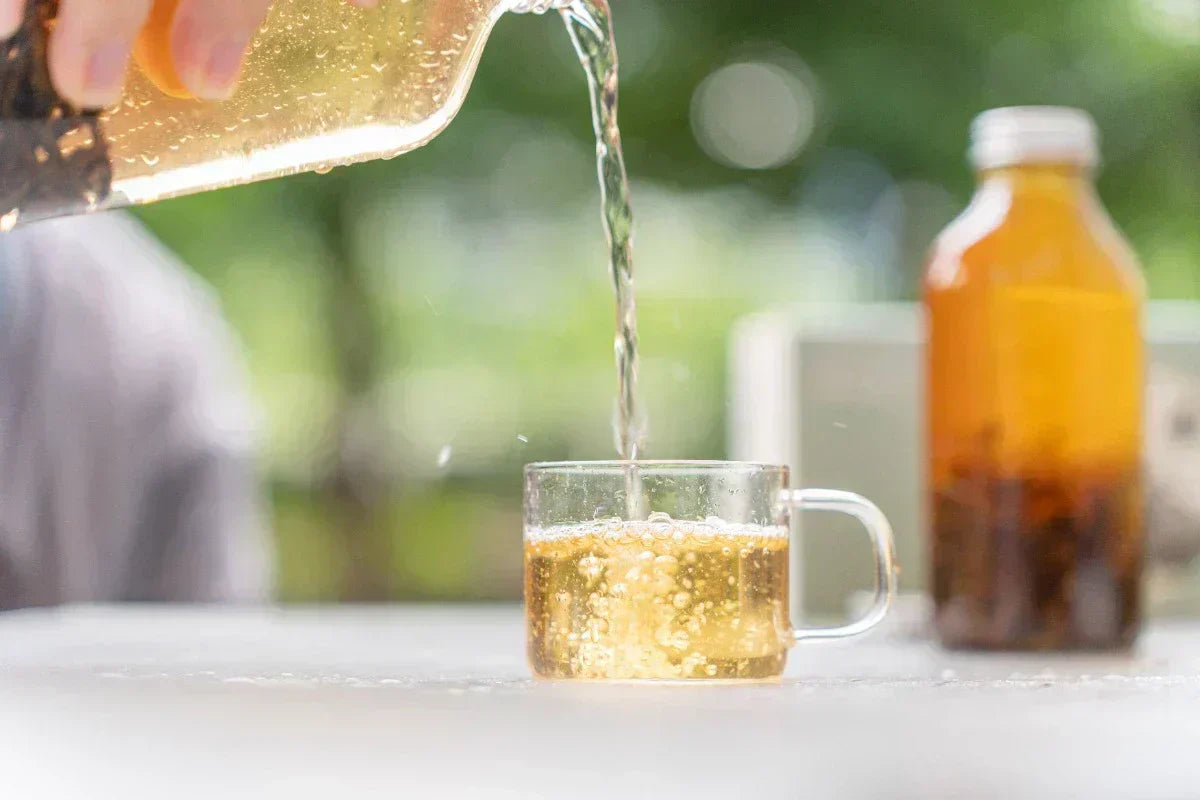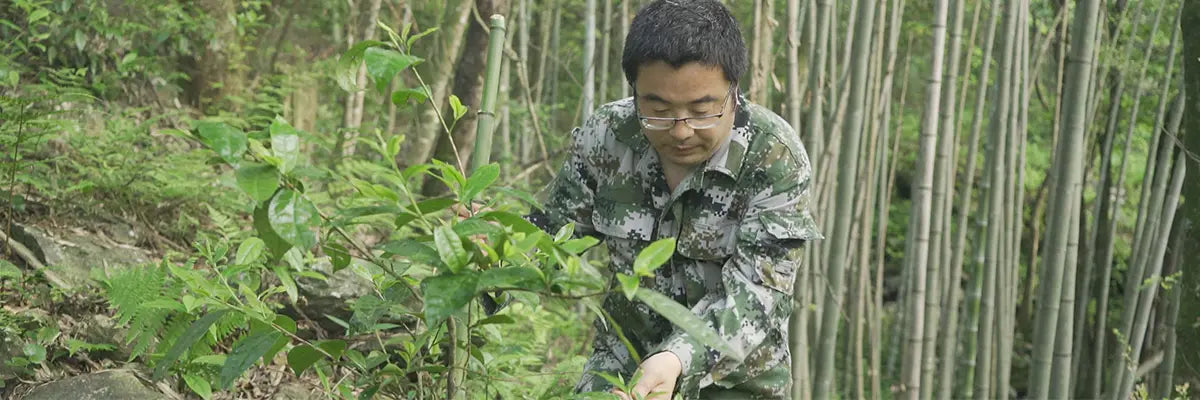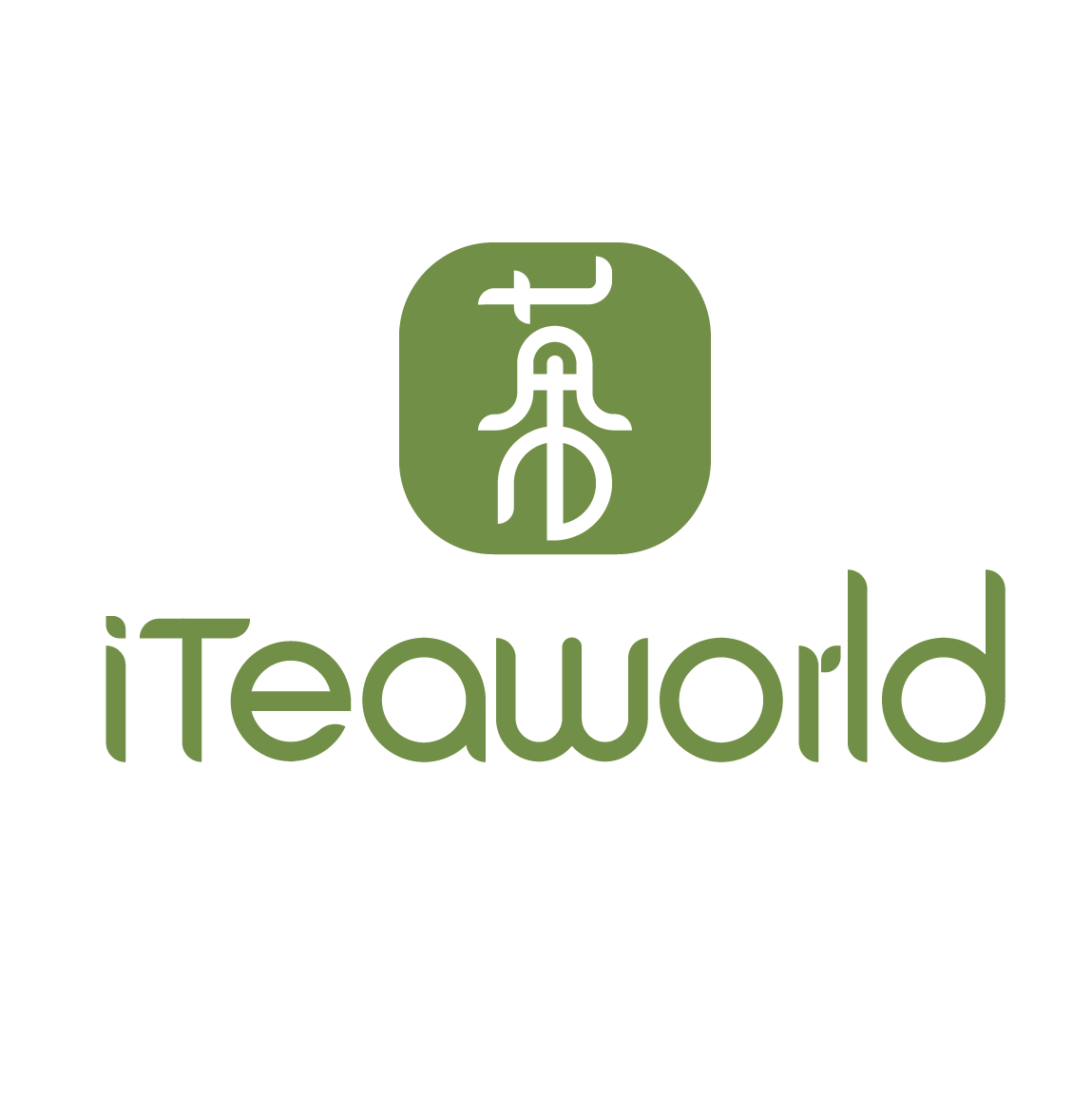When the summer heat kicks in, cold brew tea feels like the ultimate way to stay cool. But have you ever tried cold brewing Chinese Whole Leaf Tea? Which teas work best for cold brew? Is it too expensive to use real Chinese tea this way? And how can you make it taste even better? This article has all the answers.
iTeaworld been exploring how Chinese Whole Leaf teas perform as cold brews, searching for the ones that shine the most in a chilled infusion. Over time, we’ve gathered some insights and put together a selection of teas that truly stand out. Each one brings its own unique character to the cup—and they all happen to be perfect for summer tea.
1. Cold Brew Tea vs Hot Tea: What Are the Benefits?
(1) Lower caffeine, less bitterness
Studies show that compared to traditional hot brewing, a one-hour cold brew extracts only about 57% of the caffeine you’d get from a 4-minute hot steep. The same goes for EGCG—a tea polyphenol that creates astringency, cold brew pulls out just 47% of what hot water does in two minutes.
And even if you let the tea sit longer, those bitter and harsh compounds rise only slowly and in small amounts.
That’s why cold brew tea is perfect for anyone who’s sensitive to caffeine or just prefers a smoother, gentler cup.

(2) Naturally sweeter and fresher
While the bitter compounds go down, the sweet ones go up. Theanine (which gives that savory freshness) and natural sugars steadily increase in cold brew. After cold brewing for an hour, theanine is already 9.2% higher than in hot tea. By 3 hours, natural sugars are almost at hot brew levels—making the tea taste round, smooth, and lightly sweet.
This is why cold-brewed Chinese teas (especially oolong) taste so refreshing and balanced.

(3) Aroma that lasts longer
Cold brewing slowly builds up delicate aroma compounds. After 3 hours, the low-boiling-point aromatic molecules peak, giving your tea a richer, lingering fragrance than you’d get from hot water. Hot brewing might release aroma quickly, but it fades fast. And cold brew holds onto it.
And the color? Cold brew keeps it bright and clean. For green teas, that means a gorgeous fresh green instead of dull brown.

(4) Gentle on your mouth and throat
Hot tea at 65℃ (149℉) or above can irritate your mouth and esophagus—and studies even suggest it might increase cancer risk. Cold brew avoids that completely.
(5) Easy and convenient
Hot tea usually requires a kettle, teaware, and some brewing skill. Cold brew? Just add tea leaves and water to a bottle, pop it in the fridge, and you’re done.
It’s perfect for the office, outdoor trips, or just keeping in the fridge at home.
2. Why Choose Whole Leaf Tea Over Regular Cold Brew Bags?
(1) 0 sugar, 0 calories, 0 additives
Loose leaf tea is just tea, and the brewed tea contains almost no calories and no added flavors, colors, or sweeteners. Most cold brew tea bags on the market? They’re flavored, often with “natural flavors” or artificial additives. Using the best loose leaf tea for cold brewing gives you a cleaner, purer taste.

(2) Higher quality, more complex flavors
Cold-brewed Chinese teas—like oolong tea, green tea, or white tea—unlock naturally floral, fruity, honey-like, or orchid notes you’ll never get from bagged tea. Smooth, layered, and naturally refreshing. Chinese whole leaf tea is often made from carefully picked single buds or one bud with two to three leaves. The raw material is of a high grade, which means the overall quality is usually better.
(3) Multiple Brews, Versatile Brewing Methods
Best loose leaf tea can be brewed hot or cold, often multiple times. Many tea lovers brew the first few rounds hot, then toss the used leaves into a cold brew bottle for a refreshing “second life.”
Example: a Lapsang Souchong black tea starts off smoky-sweet when hot brewed, then turns mellow and deep when cold-brewed.

3. Is Cold Brewing Whole Leaf Tea Too Expensive?
Cold brewing with authentic Chinese loose-leaf tea keeps all the key benefits intact while giving you a naturally sweeter, smoother taste and a variety of flavors to enjoy. You can even cold brew the same leaves 2–3 times, making it a super cost-effective way to experience high-quality tea without spending a lot.
It’s honestly one of the easiest ways to enjoy premium tea on a budget.
4. Which Chinese Teas Are Perfect for Cold Brew?
Not all Chinese teas are suited for cold brewing. After extensive testing, we at iTeaworld have identified several types that work best. These teas are aromatic and rich in flavor, naturally sweet, and maintain a consistent taste even when cold brewed.
(1) Green Tea
Naturally fresh, low bitterness, and full of amino acids. Cold brew highlights the clean, sweet taste.
Examples: Longjing, Anji Bai Cha, Huangshan Maofeng, Enshi Yulu.
Best for: Beginners and anyone who wants a refreshing, light drink.
(2) Lightly oxidized & fragrant Oolong
These oolong teas are moderately fermented and boast layered aromas. Cold brewing brings out their floral and fruity notes along with natural sweetness—without the bitter, smoky taste that comes from heavy roasting.
Examples: Tieguanyin (light roast), Duck Shit Aroma, Lingtou Dancong, Bai Ya Qilan, Yongchun Fo Shou, Huang Jin Gui, Rui Xiang, Oriental Beauty.
Best for: Tea lovers who want layered, aromatic flavors.

(3) White Tea
When cold brewed, white tea produces a soft, naturally sweet, and refreshing cup. It gently releases its aroma and sweetness while avoiding the astringency or “stuffy” taste that can come from hot brewing.
Examples: Silver Needle, White Peony, and Gong Mei.
Best for: Anyone who prefers soft, delicate flavors.
iTeaworld explored green, white, and oolong teas to find those with rich floral aromas that stay fresh and crisp when cold brewed.
From this selection, we created the Light Floral Series of cold brew teas. Click to learn more>>
(4) Naturally Sweet and Fragrant Black Tea
These black teas are known for their honey, floral, and fruity aromas. Rich in tea polyphenols and natural sugars, they release a smooth, sweet flavor when cold brewed without any bitterness.
Examples: Keemun, Dianhong, Golden Bud, Lapsang Souchong, and Jin Jun Mei.
Best for: Black tea fans who want something rich but refreshing.
(5) Traditional Scented Flower Tea
These are naturally scented with real flowers, not flavoring. Cold brewing slowly releases their fragrance for a clean, elegant taste.
Examples: Jasmine Green Tea, Jasmine Oolong, Rose Black Tea, Osmanthus Oolong, Tangerine Pu’er, Aged Peel White Tea, Jasmine Liu Bao.
Best for: Floral tea lovers, women, and anyone who enjoys lightly perfumed drinks.

iTeaworld explored black, floral, and oolong teas to find those that deliver a rich, full-bodied flavor and strong aroma when cold brewed.
From this selection, we created the Rich & Aromatic Series of cold brew teas. Click to learn more>>
5. How to Cold Brew Chinese Whole Leaf Tea
Ratio: About 5g (2 tsp) of tea per 500ml (16 oz) of water. For green tea, use 4g.
Method 1: Classic Cold Brew
① Add tea leaves to a bottle.
② Fill with room-temperature water.
③ Shake lightly a few times.
Refrigerate:
Green/White: 6–8 hours
Oolong/Black: 8–12 hours
Method 2: Quick Brew
① Steep tea in hot water (80–90℃ / 175–195℉) for 2–3 minutes.
② Add ice or cold water.
③ Enjoy instantly (leaves can be reused up to 2 more times).
Method 3: Hot + Cold Combo
① Brew the first few rounds Gongfu style with hot water.
② Transfer the used leaves into a cold brew bottle.
③ Add cold water, refrigerate, and enjoy a second round of flavor
iTeaworld has just launched two new Chinese loose leaf cold brew teas: the Light & Floral series and the Rich & Robust series, designed to satisfy all your flavor cravings.
Enjoy a limited-time 20% off on each tea from August 19 to September 19.
Click the image or link to explore more>>
Read more articles about cold brew tea
6 Best Cold Brew Green Teas for Summer (With Brewing Tips & Benefits)>>
How to Make Iced Tea with Chinese Tea>>
How to Make Loose Leaf Cold Brew Tea?>>





